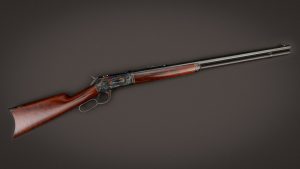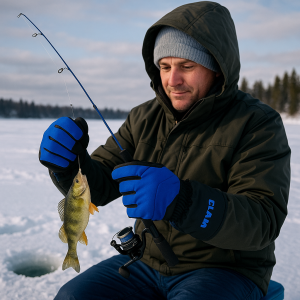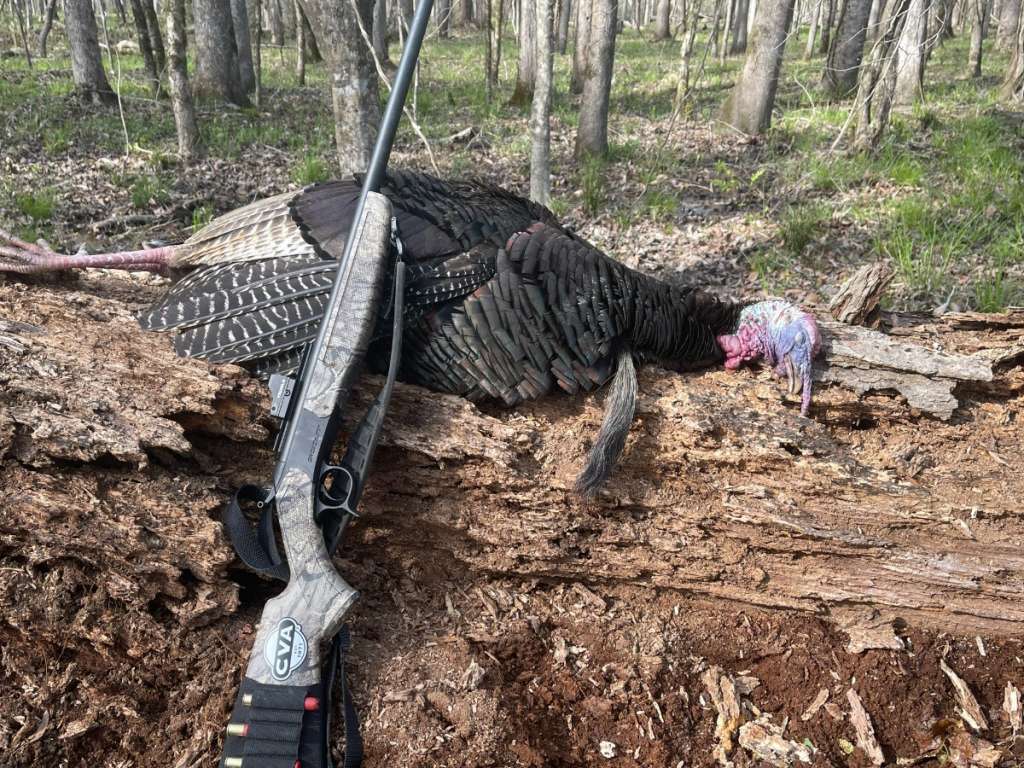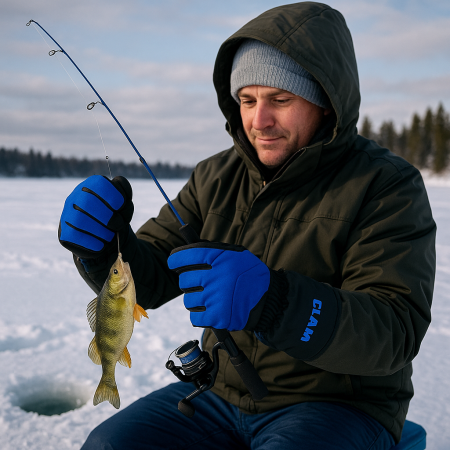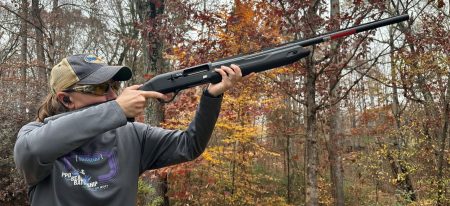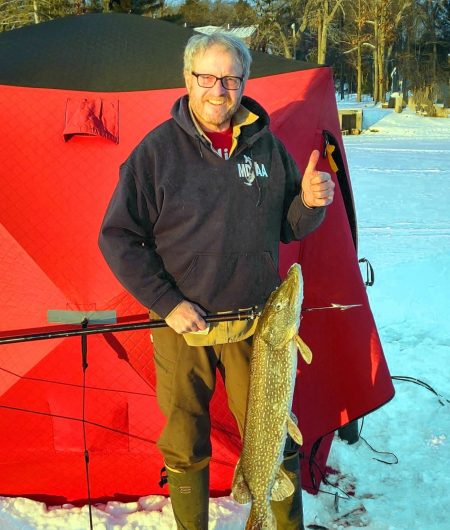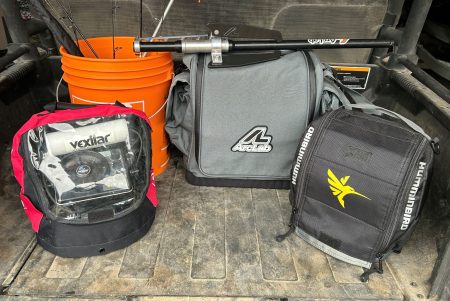As far as turkey guns are concerned, it was hard to convince me that using a .410 shotgun single shot for hunting turkey was possible, except for use by the most skilled turkey hunters. And while it may be true that I consider myself a decent shot with a turkey gun, I am not in the same skill category of many others. If truth be told, I am not worthy to chalk the box call of many of the turkey hunters across the country. But I have taken my share of long beards in the 40-plus years I have been addicted to this bird. But to hunt them with a .410 shotgun single shot…that is just too much! Or so I thought.
Day three of the 2022 season saw me struggling to find a vocal bird. They seemed to have lockjaw and were silent in every corner of my hunting lands. Out of desperation, I switched properties and went to a new location. I had scouted it briefly during the pre-season, but I wasn’t hopeful that much would happen there. If anything did happen, I thought, it would be a positive compared to the deafening silence of the season so far.
At 4:30 in the afternoon, I nestled against a large fallen tree and sat for 15 minutes to allow the woods to settle from my intrusion. Being a lover of friction calls, I held my slate call in my hand and made a few soft clucks and yelps, just to let them know I was there. My Montana Decoy was staked on top of the fallen tree trunk to give it some height. In my hand was a CVA Scout single shot in .410 bore with a JEBS choke.
After receiving the CVA Scout, I took it to the patterning board and tested it at a variety of ranges. Shooting the TSS #9 shot, I was more than impressed with the number of pellets in the kill zone and the tightness of the pattern. Out to 40 yards, I felt confident that I could drop a bird. Even still, I wanted to know what the CVA Scout would do at those ranges.
I sat quietly for about 20 minutes and then added some calls to perk up the woods a bit, and in the hope that a lonely gobbler was within earshot. Five minutes later, I heard my first gobble of the season—and it wasn’t just one, but two gobblers answering my call. The birds were straight in front of me at about 90 yards and closing.
A soft cluck on the slate, and they answered, giving me the indication that they were on their way. I first caught a glimpse of the two redhead periscopes moving through the woods in my direction. They began to circle to my left as the red dot of the Hawke Optics Micro Reflex sight settled on the head of the lead bird.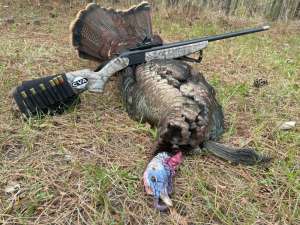
At that moment, I was a believer in what .410 bore shotguns with the proper ammunition could accomplish. I had long been a fan of the 20-gauge but hesitated to go to the much smaller than .410. After this season and seeing the effectiveness of the TSS loads on a turkey, I am convinced that with the proper loads, any shotgun is enough for humanely taking turkeys at moderate to close ranges.
What is TSS? TSS stands for Tungsten Super Shot, a non-toxic tungsten-alloy material that has a density that is 22% higher than standard tungsten and 56% more dense than lead. This equates to longer terminal velocities and the ability to use smaller shot sizes and cleaner kills. The advent of TSS has completely changed the game for turkey gun hunting.
It is well known among my hunting circles that I am a card-carrying recoil wimp. I do not like to be maimed when I pull the trigger. Long ago, I gave up on the 12-gauge 3½-inch shells for turkeys, and never had the nerve to try a 10-gauge for anything. Later, I moved to 3 inch and then to 2¾ inch for turkeys. About a dozen years ago, I made the move to a 20-gauge. Beginning this past season, I starting using a .410 bore for turkeys. When the TSS first came onto the scene, I was skeptical that it would do as advertised. This past season changed my mind.
This leads us to the turkey gun debate. The old adage is still true, “Shoot what you are most comfortable with and most accurate with.” If you are a small-framed person, or if you are like me and hate recoil, a sub-gauge is a great choice. Specifically, anything smaller than a 16-gauge is considered a sub-gauge shotgun. Whether you choose a 20-gauge, 28-gauge or the .410 bore, you are shooting a sub-gauge shotgun. There is one caveat to this recommendation: select your ammunition carefully.
If you choose factory lead loads or even non-lead loads, make sure you are getting the best ammunition you can afford that shoots well in your shotgun. Winchester Longbeard XR is an excellent load for my 20-gauge Browning shotgun.
If you decide to go with TSS loads, be prepared for sticker shock. TSS loads are expensive. For reference, Federal Premium TSS loads are sold in boxes of five shells and cost anywhere from $9 per shell for the .410 bore to as much as $21 per shell for the 12-gauge. However, the effectiveness of this load is a game-changer. In the .410 bore, the TSS loads I used cost me $9 each. I bought 10 for the season, planning to use three or four for patterning and the rest for hunting. At the range, I shot at 20 yards, 30 and 40 yards, respectively, to know how the gun patterned at those ranges.

Using a sub-gauge for turkey hunting is a way of increasing the challenge of the hunt and still remaining ethical and sporting. The modern ammunition takes a lot of the guessing out of the game. Whether you choose a .410 bore, 28-gauge, 20-gauge, 16-gauge, the popular 12-gauge or a behemoth 10-gauge, the responsibility is still on you, as the hunter, to take ethical shots that provide quick, clean kills.
I hear often from people who say things like, “The only reason I don’t shoot four-inch shells is because they don’t make them.” I look at the strings of spurs and beards in my office and smile, because I know that the punishment these large guns dish out on my end is not necessary, and it often prevents new hunters and small-framed hunters from taking up the sport.
Hunting turkeys with smaller sub-gauge shotguns is an excellent way to introduce small-framed hunters and female hunters to this grand sport. That alone is worth the cost of admission. If you haven’t considered using a smaller shotgun for turkeys yet, you are missing one of the great challenges of hunting.
Click Here For All Things Turkey Hunting; including gear, reviews, how-to’s, recipes, and more
Per our affiliate disclosure, we may earn revenue from the products available on this page. To learn more about how we test gear, click here.

